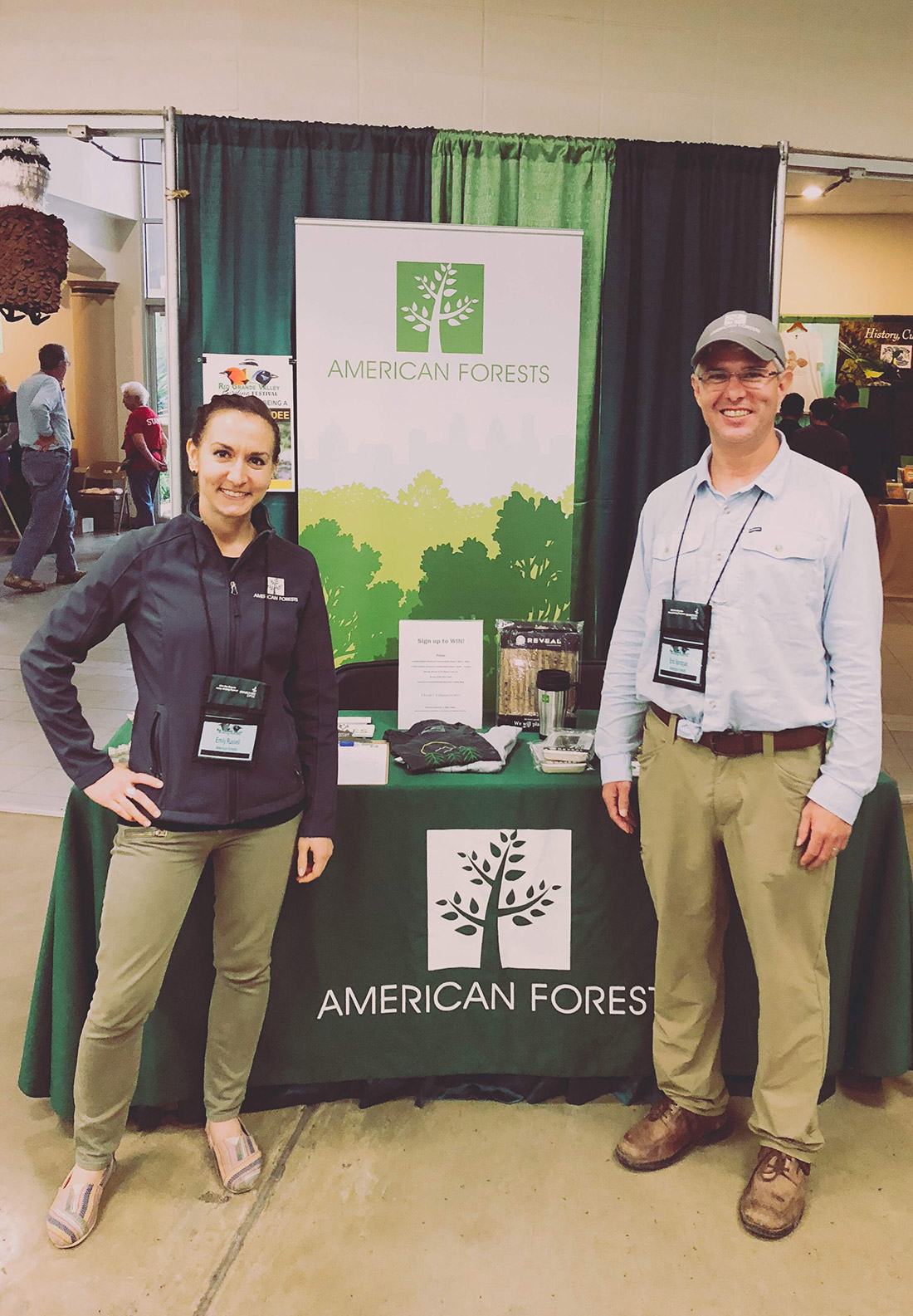Lower Rio Grande Valley, Texas
Emily Russell, Director of Major Gifts

GREEN KINGFISHER. Altamira oriole. Vermillion flycatcher. Before my recent trip to the southern tip of Texas for the Rio Grande Valley Birding Festival, I knew these creatures merely by their vibrant names. But, having now been on my first official birding expedition, representing American Forests alongside my colleague Eric Sprague, director of forest conservation, I can now — somewhat — confidently spot them in their natural habitat, the Texas thornscrub forest.
American Forests has intimate knowledge and experience in this extraordinary ecosystem, having worked in the Lower Rio Grande Valley for more than 20 years and helping to plant more than 2 million thornscrub trees over 4,266 acres. Birders have also been flocking to this area for many years; the festival celebrated its 25th anniversary this fall. American Forests helped mark the occasion by planting a tree in honor of the festival — a lasting symbol of the important connection between wildlife and their natural habitats.
American Forests has placed great focus and attention on the Rio Grande Valley for good reason. With increasing human development and encroachment, the region faces many challenges of protecting its remaining native habitats, such as the Santa Ana National Wildlife Refuge, where American Forests is partnering with the U.S. Fish and Wildlife Service, and connecting critical wildlife corridors through our partnership with the local organization Friends of the Wildlife Corridor. Through this work, we can ensure our feathered friends, and other keystone species, have a place they can still call home.